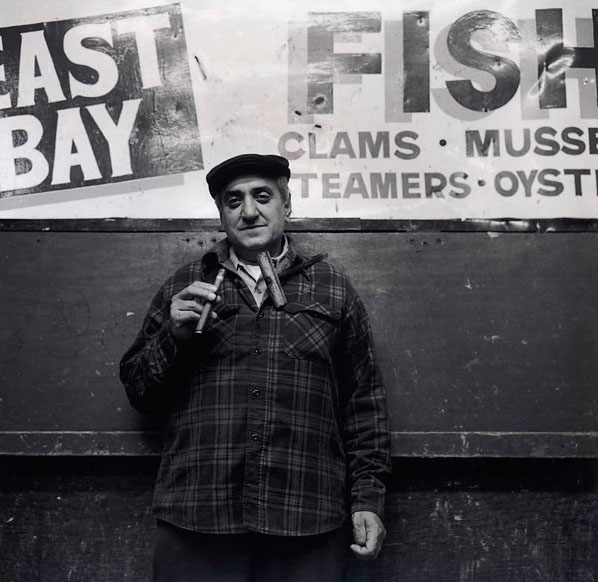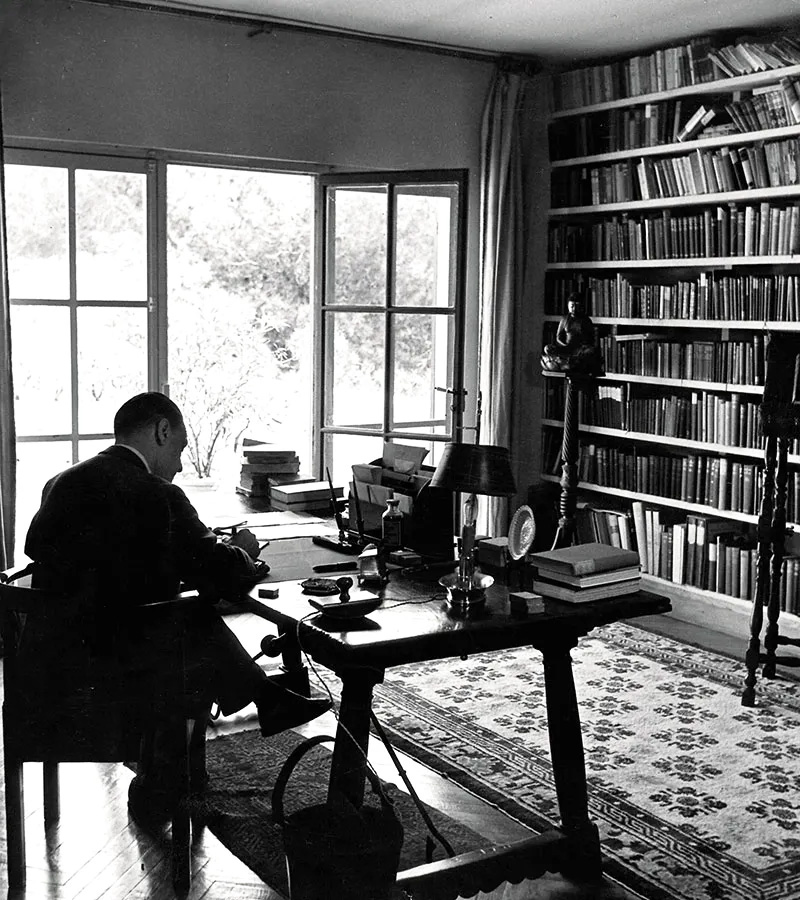
A few weeks ago I wrote about photographer Barbara Mensch’s lovely images of New York. Barbara recently wrote to point me to another series of her photographs, this one depicting the Fulton Fish Market in Manhattan, which was closed in 2005. The photographs are different from the ones that first caught my eye — grittier, more documentary and personal in style — but they are fascinating. I especially like the portraits of the men who worked in the market, like the one above, “Nunzio an Unloader” (1982).
In an email, Barbara wrote, “I am a storyteller by nature and for years I have tried to weave together visual stories and oral histories.” That sense of story, of the rich experience of this place, really comes through in these pictures. Looking at them, you imagine the whole world of the Manhattan waterfront, all the stink and clatter and damp. It’s all gone now, taking a thousand stories with it. The world is full of lost places like this, of course, which were not so fortunate as to have a Barbara Mensch to document them.
The full story behind these photos is related here. Many of the images and accompanying stories have been compiled into a book called South Street, with an introduction by Philip Lopate. Barbara Mensch’s photographs are available at the Bonni Benrubi Gallery in New York (41 East 57th Street).

